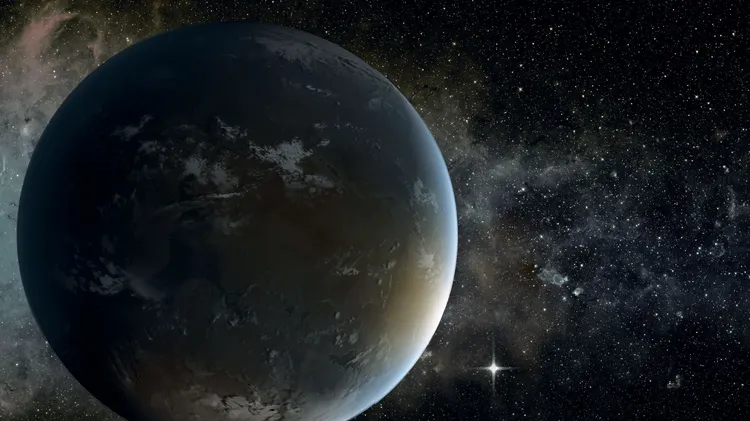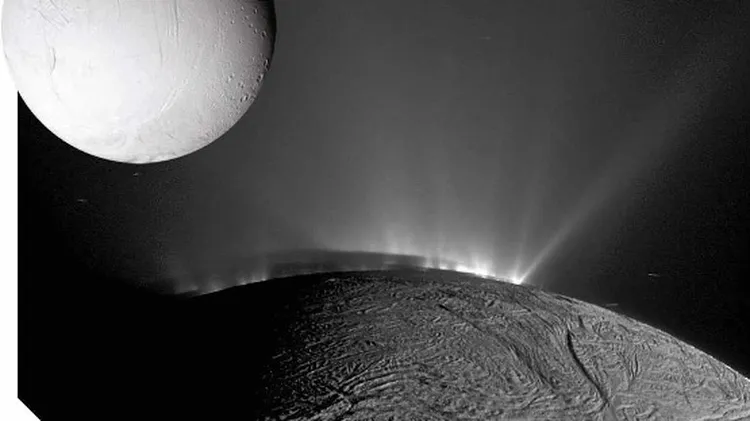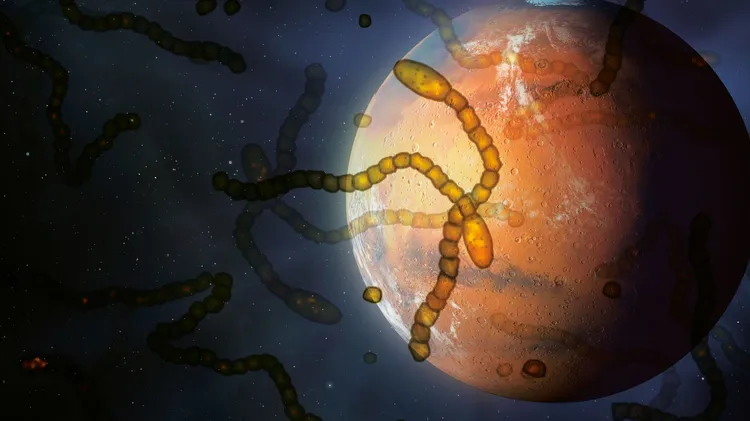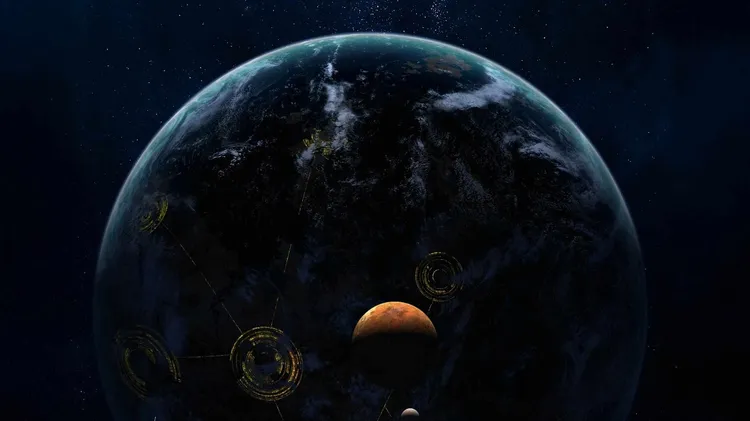Hidden under the crusts of icy moons lies multiple planet
Where is the solar system’s water?
3 min read
This article is from...
Read this article and 8000+ more magazines and newspapers on Readly






